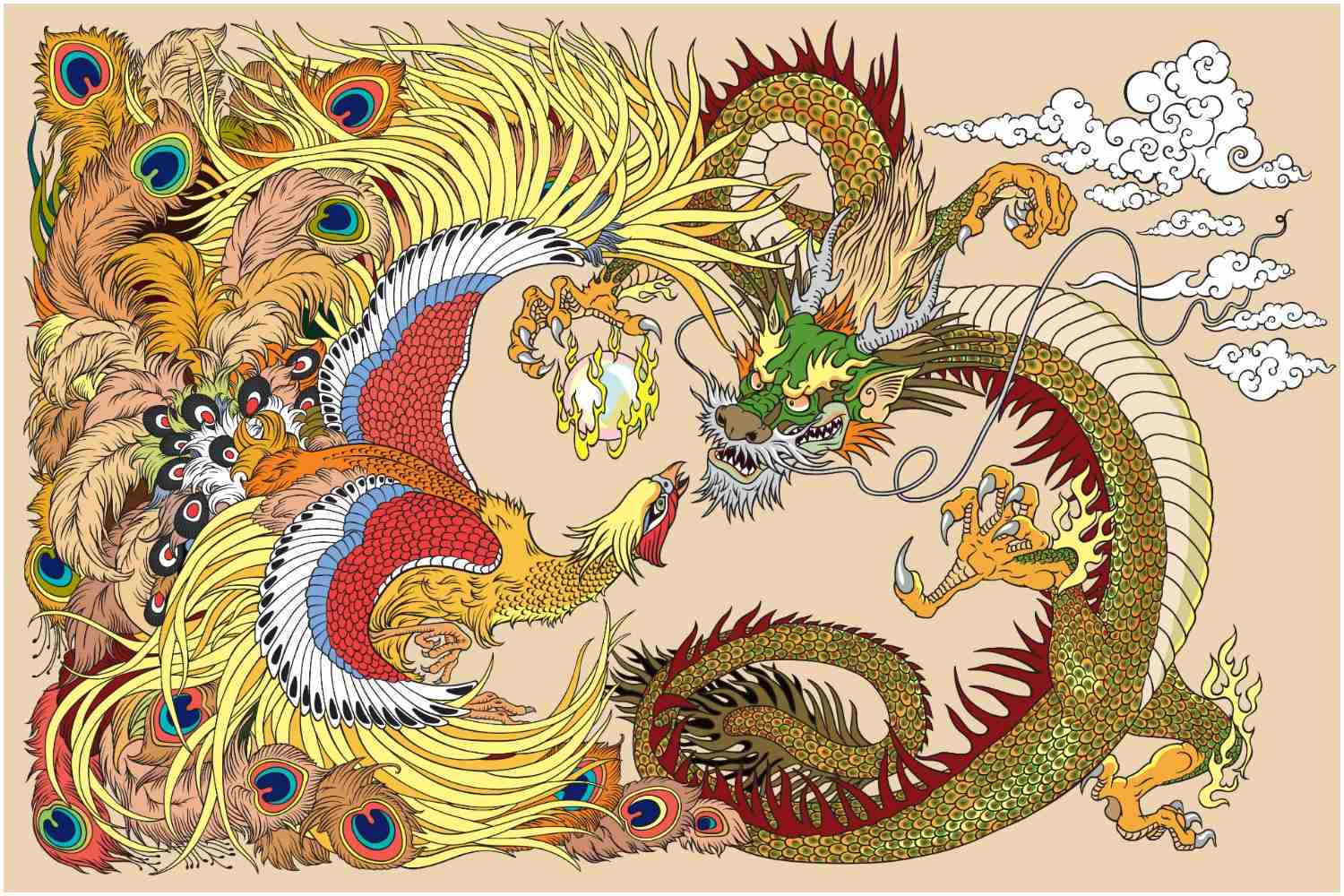

Now, once in the course of his life, the Phoenix removes the nest from the palm and bears it to Heliopolis, where he lays it down before the doors of the Temple of the Sun.

Having then placed himself upon the nest, he dies but from the dead body a little Phoenix springs up, who also lives the length of five centuries. When the Phoenix has lived for five hundred years, he builds a nest at the top of a palm-tree, which he covers over with cassia-bark, spikes of nard, cinnamon, and myrrhall of them highly aromatic plants. They add that unlike other birds, the Phoenix does not feed on seeds, but on the gum of frankincense, an aromatic resin, and the juices of amomum, a herb of the ginger family. For this bird, they say, is the only creature capable of renewing and reproducing its own being. Yet the Phoenix has no father in the usual sense. Having done this, he plasters over with more myrrh the hollow of the egg, and carries it to Egypt. In order to do this, the Phoenix first moulds an egg of the bitter tasting but aromatic plant called myrrh, and then hollows it out, putting his father into it. It is said that the Phoenix, carrying his father encased in myrrh, comes from Arabia to the Temple of the Sun in Heliopolis, where he buries him. It is from the pictures that they have described the Phoenix, saying that it had the appearance of an eagle, both in shape and size, and that his plumage was partly golden, and partly red.

Historians have apparently never claimed to have seen this extraordinary creature, except in pictures, and they have found the accounts about this bird quite incredible. The Phoenix is a fabulous and sacred bird.Īccording to the people of Heliopolis in Egypt, the Phoenix came to that city once in five hundred years to bury his father.


 0 kommentar(er)
0 kommentar(er)
